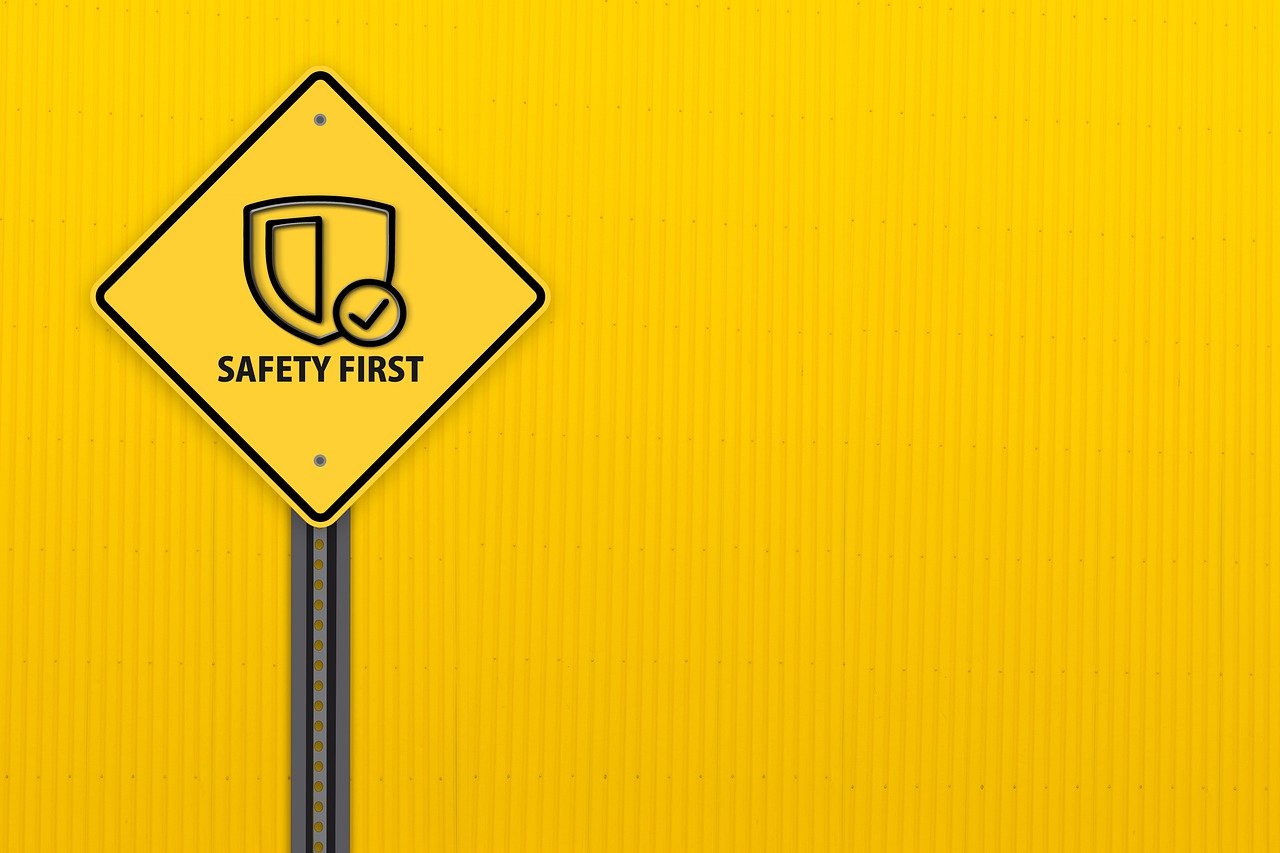Introduction
In today’s world, where environmental concerns are at the forefront, the importance of sustainable materials and packaging cannot be overstated. With growing awareness about the impact of human activities on the planet, businesses and consumers alike are increasingly embracing sustainable practices. This paradigm shift has led to a surge in the development and adoption of eco-friendly materials and packaging solutions. In this article, we explore the significance of sustainable materials and packaging, their benefits, and the innovations driving this positive change.
Understanding Sustainable Materials
Sustainable materials are those that are sourced, produced, and used in a manner that minimizes negative environmental impacts. They are typically renewable, recyclable, biodegradable, or made from recycled content. Unlike traditional materials derived from fossil fuels or other non-renewable resources, sustainable materials aim to reduce carbon emissions, conserve resources, and promote a circular economy.
The Benefits of Sustainable Materials
Reduced Environmental Footprint: Sustainable materials are designed to minimize resource consumption and emissions throughout their lifecycle. They help mitigate climate change by reducing greenhouse gas emissions, conserving energy, and minimizing waste generation.
Conservation of Natural Resources: By utilizing renewable resources or recycled materials, sustainable materials help reduce the strain on finite resources such as timber, minerals, and water. This ensures their availability for future generations.
Improved Air and Water Quality: Many conventional materials and manufacturing processes contribute to air and water pollution. Sustainable materials often have lower emissions and utilize cleaner production methods, leading to improved air and water quality.
Circular Economy Promotion: Sustainable materials are a key driver of the circular economy, where resources are used efficiently, waste is minimized, and products are designed for reuse, repair, or recycling. This shift reduces the reliance on raw materials extraction and landfilling.
Innovations in Sustainable Packaging
Packaging plays a crucial role in the sustainability journey, as it serves to protect products and enhance their shelf life. Here are some notable innovations in sustainable packaging:
Biodegradable and Compostable Materials: Biodegradable packaging materials, such as compostable plastics derived from renewable sources like corn starch, offer a viable alternative to traditional plastics. They break down naturally into harmless substances, reducing plastic waste and litter.
Recycled Content Packaging: Packaging made from recycled materials reduces the demand for virgin resources and diverts waste from landfills. It can include recycled paper, cardboard, glass, aluminum, and plastic.
Minimalist and Lightweight Design: Reducing the amount of packaging material used and optimizing its design reduces resource consumption and transportation costs. Lightweight packaging not only lowers emissions during transportation but also saves energy and materials during production.
Reusable and Refillable Packaging: Encouraging reusable packaging options and refillable containers can significantly reduce single-use waste. Consumers can return or refill the packaging, reducing the need for continuous production and disposal.
The Role of Businesses and Consumers
To drive the widespread adoption of sustainable materials and packaging, it is crucial for both businesses and consumers to play an active role:
Businesses can:
- Incorporate sustainability into their core values and strategies.
- Invest in research and development to create innovative sustainable materials and packaging solutions.
- Optimize their supply chains to reduce waste and emissions.
- Educate consumers about the benefits of sustainable choices.
Consumers can:
- Prioritize products with eco-friendly packaging and sustainable materials.
- Reduce their consumption, reuse items, and recycle properly.
- Support companies that are committed to sustainability.
- Advocate for government policies and regulations that promote sustainable practices.
Conclusion
The shift towards sustainable materials and packaging is an essential step towards building a greener and more sustainable future. By embracing these innovations, businesses and consumers can collectively contribute to reducing waste, conserving resources, and mitigating the impacts of climate change. As sustainability becomes an increasingly integral part of our daily lives, it is up to all of us to embrace these changes and make conscious choices that positively impact the environment. Let us move forward together, creating a world where sustainability is the norm rather than the exception.















